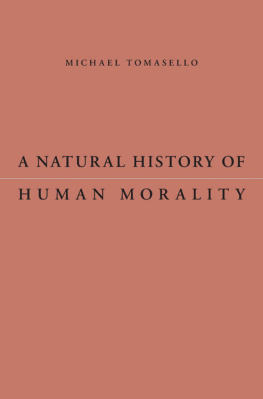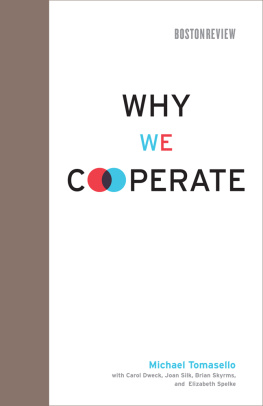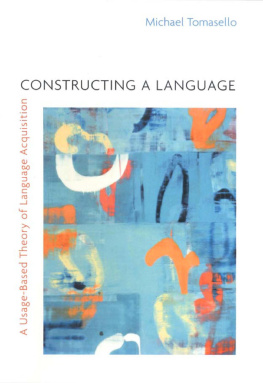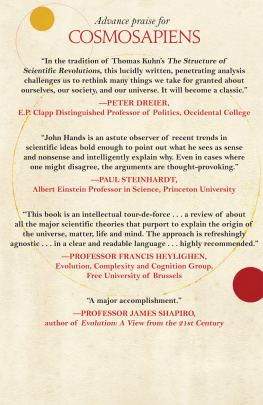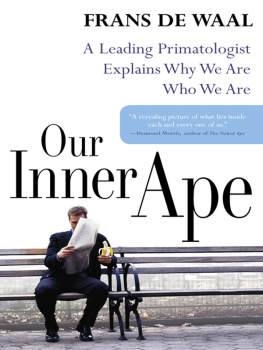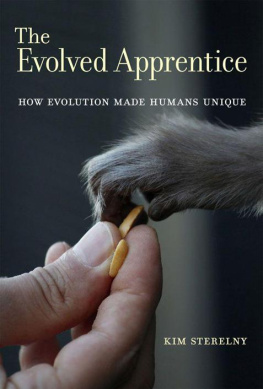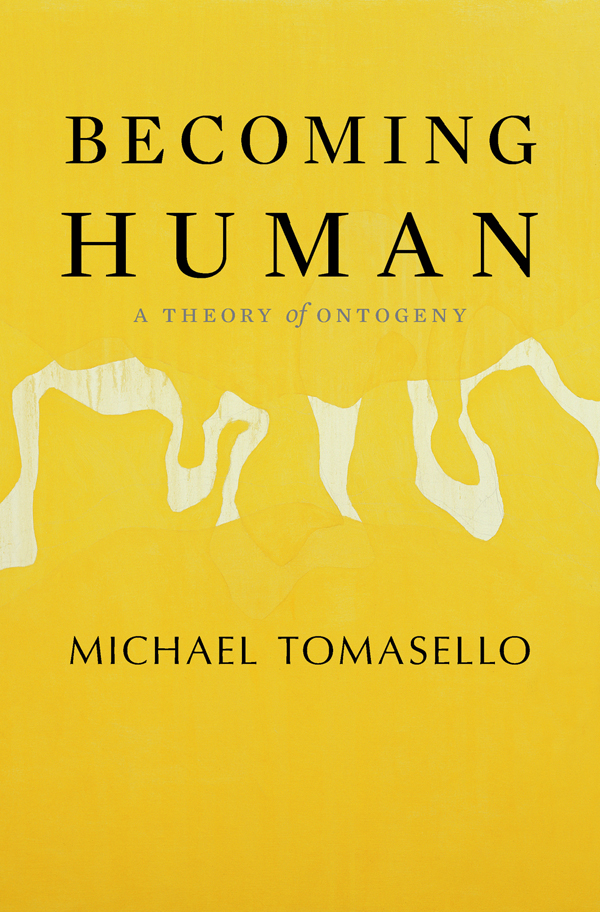It is the epigenetic rules, the hereditary regularities of mental development, that connect the genes to culture. The search for human nature can be viewed as the archaeology of the epigenetic rules.
E. O. Wilson, Consilience (1998)
In his 1871 book The Descent of Man Charles Darwin proposed, in effect, that humans were just another branch on the evolutionary tree. Victorian Englanders, many with significant scientific training, were incredulous. Humans closest living relatives, the great apes, still lived in forests and jungles red in tooth and claw, but humans lived in a world of telescopes and steam engines, symphony orchestras and the British Parliament, and morning prayer followed by afternoon tea. It was a puzzle, to say the least, how just another branch on the evolutionary tree could live a life so utterly different from that of other animals.
Today this puzzle is essentially solved. At some point in human history a new evolutionary process arose. A telltale sign of this new process is that not all humans live amid telescopes, symphony orchestras, and the British Parliament but instead live among their own distinctive artifacts, symbols, and institutions. And because children, whatever their genetics, adopt the particular artifacts, symbols, and institutions into which they are born, it is clear that this societal variation cannot be coming from the genes but rather is socially created. The full puzzle is thus that humans are not only a species of unprecedented cognitive and social achievements but also, at the same time, one that displays a novel kind of socially created, group-level diversity.
The solution to the puzzlethe new evolutionary processis of course human culture. But the traditional notion of culture as something apart from biology and evolution will not do. Human culture is the form of social organization that arose in the human lineage in response to specific adaptive challenges. Its most distinctive characteristic is its high degree (and new forms) of cooperation. Synchronically, the members of a cultural group coordinate with one another in the context of self-created cooperative structures such as conventions (including linguistic conventions), norms, and institutions, and they relate to one another based on cooperative motives such as trust, commitment, and fairness. Call this the coordinative dimension of culture. Diachronically, the members of a cultural group pass along skills and knowledge to succeeding generations via cooperative processes of cultural learning, such as active instruction and conformist learning, resulting in a kind of ratchet effect in which cultural practices and products (including conventions, norms, and institutions) evolve, perhaps improve, over historical time. Call this the transmitive dimension of culture. The outcome is that virtually all of humans most remarkable achievementsfrom steam engines to higher mathematicsare based on the unique ways in which individuals are able to coordinate with one another cooperatively, both in the moment and over cultural-historical time.
But this explanation of human uniqueness in terms of cultural processes creates another puzzle, and this one is not yet solved. In this case the focus is not on the level of the species and its achievements, but rather on the level of the individual and its psychology: how do human individuals come to the species-unique cognitive and social abilities necessary for participating in cultural coordination and transmission? To answer this question the obvious first step is to establish exactly how human psychology differs from that of other primatesprecisely how humans as individuals are unique. The difficulty is that over the past few decades empirical research has established that humans nearest living relatives, the great apes, possess cognitive and social skills highly similar to those of humans, including many that are seemingly relevant to cultural processes. For example, there is recent research demonstrating that at least some great apes (1) make and use tools, (2) communicate intentionally (or even linguistically), (3) have a kind of theory of mind, (4) acquire some behaviors via social learning (leading to culture), (5) hunt together in groups, (6) have friends with whom they preferentially groom and form alliances, (7) actively help others, and (8) evaluate and reciprocate one anothers social actions.


